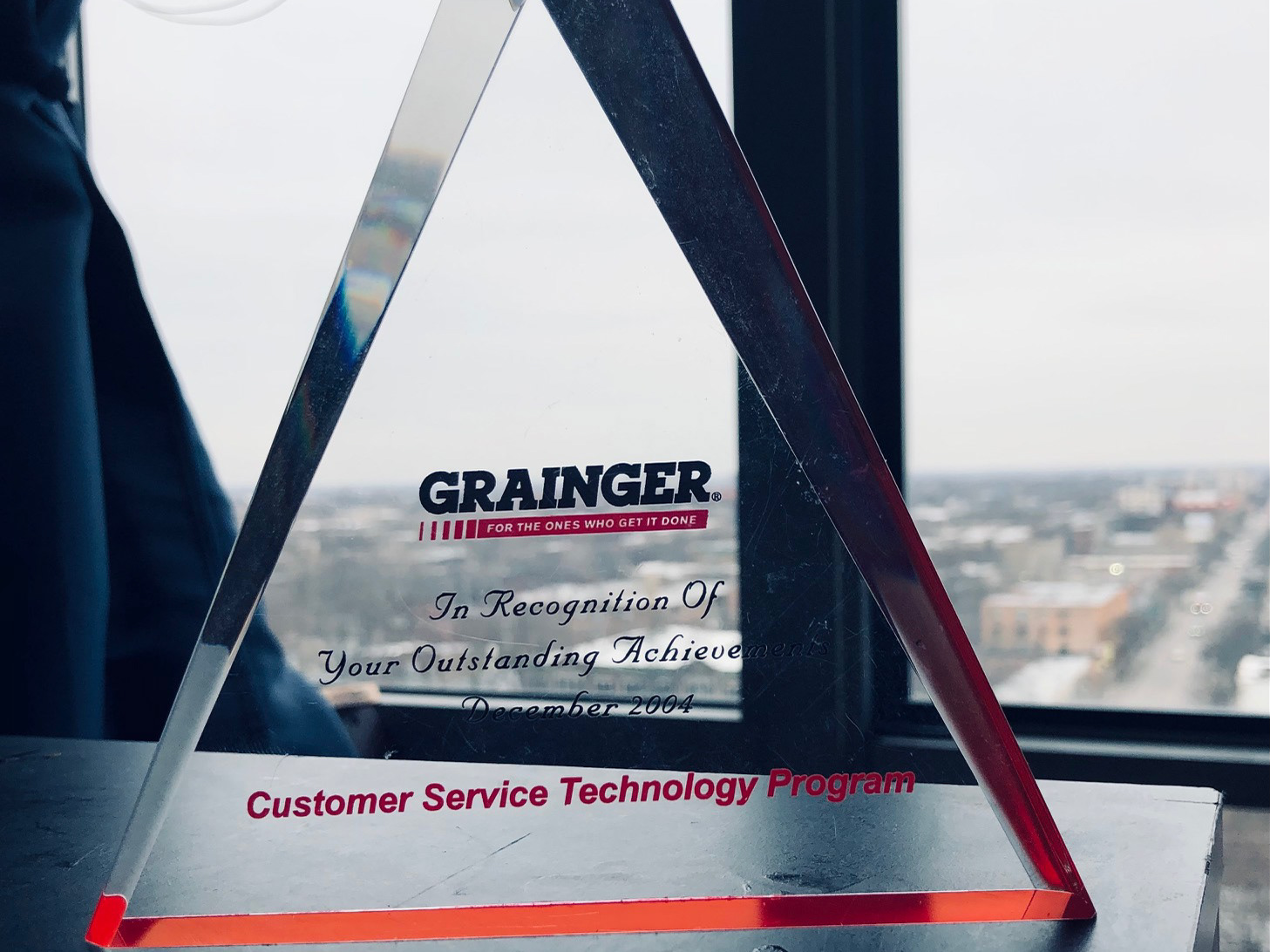Newt has run and facilitated design sprints for several years to create new customer services or rethink how a safety science company reimagines its value to customers. This innovative learning method involved executives and employees from different functions learning and leveraging design thinking methodologies. Employees learned to apply agile ways of prototyping minimal viable products assessed using actual customers. The program added an "intrapreneurial experience" where the team continued market research and assembled a presentation pitch for funding. The design pitch culminated in a "Shark Tank" presentation to executives to win ongoing financing to build the service. Several products were eventually selected from the participants to be funded for further research and consideration as innovative digital products that customers would use.
Moving several medical facilities from paper files to electronic medical records (EMR) has challenges in adoption. One crucial consideration is interface design customized for the use of users. Before the system rollout, Newt's team conducted user tests across different roles to ensure people found the workflows and interfaces user-friendly. Data continued to be collected post-go-live to identify ongoing user errors and issues. Newt's team also investigated incidents such as near misses with patient safety or system issues that may indicate user error. With the data collected, Newt's team continued redesigning these interfaces to improve them.
Newt's exposure to Lean Six Sigma, supply chain logistics, manufacturing, and software development has strengthened his application of systems thinking approaches in solving problems. Newt has helped organizations save money and improve services by leveraging his research know-how, analytics, and scientific problem-solving approach. His ethnographic research for a medical device manufacturer traced the dependent variables that impacted the net promoter score.
Newt recorded customer videos of customers using the product, curated customer calls, and quality data. The findings were presented to company engineers and manufacturing personnel during design thinking sessions to reimagine how to improve the customer experience.
These actions prepared the company to solve its customers' problems earning Newt the highest recognition of the President Award for exceptional performance.
These actions prepared the company to solve its customers' problems earning Newt the highest recognition of the President Award for exceptional performance.
Newt uses Information Architecture in organizing content so that there is a logical flow and usefulness to the end user. Newt constructed over 20 product-specific knowledge portals for one organization to provide information on product domains such as Additive manufacturing. Years of building web-based course products and structuring content for the end user have prepared Newt to make the most optimized choices for information flow.
Newt taught a college course on business research, which included data collection, survey design, and reporting. Newt's graduate (doctoral) research experience exposed him to quantitative and qualitative research designs. This research contains statistical designs for massive data sets involving people where multivariate analysis or machine learning is required. Newt's lean six sigma blackbelt training has added practical analysis methods to find root causes to solve business-related problems.
Newt has won acclaim for his instructional designs by rethinking how instruction can be designed agilely. One recent project resulted in developing a remote version of Lean Six Sigma training delivered in a remote format leveraging Microsoft Teams and other accessible tools. This methodology was presented at the American Society of Quality's World conference and won enthusiastic support from multiple industries, including the Mayo Clinic.





